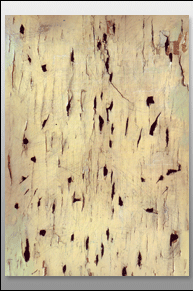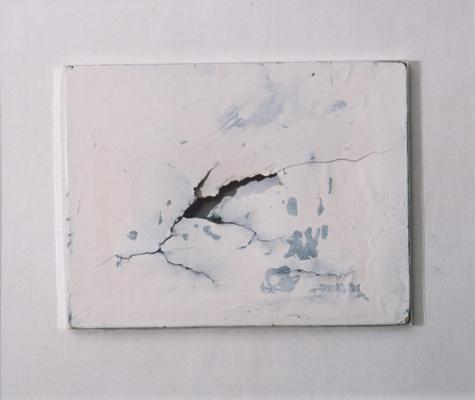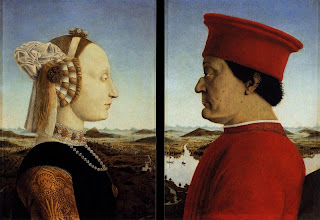"
The Rue Montorgueil" and "
The Rue Mosnier with Flags" are two very beautiful paintings that depict the French festival of June 30th, 1878.
The Rue Montorgueil was painted by Claude Monet while
The Rue Mosnier with Flags is an artwork created by Edouard Manet. Both of the paintings are made in the Impressionist style, which makes them similar to one another, but at the same time, we can see many differences between these two paintings that make them unique in their own way.
Claude Monet painted
The Rue Montorgueil using oil on a 81 x 50.5cm canvas, in Paris, 1878. "
The Rue Montorgueil unquestionably produces an effect of celebration and vitality; it asserts an equivalence between its own colouristic brightness and another kind of brightness it claims for the future." (
Challenge of the A-G, p. 124) At first glance, the painting looks just like a blur of motion, which is very true to the Impressionist style of painting. But as we look at the painting for a longer period of time, we start to distinguish the buildings and the small figures of people in the streets below. The streets, he painted filled with people celebrating with raised hands. We can feel the motion and the business in this painting right away. The whole painting seems to be made up of the colors red, white and blue, which seem to be dancing across the canvas as Monet painted hundreds of flags being displayed and waved out of the buildings on each side of the street. Monet's painting is depicting not just any French festival, but an event that was organized to forget about what the Civil war had done to them and to rejoice with relief and pride for the prosperous future filled with stability. The scene in the painting is of people that don't want to remember the past, but are rather looking forward to a great life ahead.
The Rue Mosnier with Flags, was also made in 1878, but this one was painted by an avant-gardist artist Edouard Manet.
The Rue Mosnier with Flags is a painting of the same French festival as Monet's
The Rue Montorgueil, and it is also made in the Impressionist style. The same colors are used in this painting as in Monet's painting, but in Manet's painting, they are not as repetitive and are mostly in the background instead of covering the whole painting. Unlike Monet's painting, which introduces the festival from an aerial point of view, Manet's
The Rue Mosnier with Flags gives us a view from the ground, and therefore focuses more on the people down below than on the flags and waving hands above. The fact that Edouard Manet was in Paris during the Prussian siege serving in the National Guard alongside Degas, played a huge role in the way in which he had depicted the celebration after the war ended. In
The Rue Mosnier with Flags, we see the street as a large and empty space, "a blinding slice of light rather than a fluttering atmosphere". (
Challenge of the A-G, p. 128) We can see some of the reconstruction going on as the roads are being rebuilt by working class men. The main thing in the painting though, is the back view of a crippled veteran walking towards the sunlit streets. This image creates tension and Manet leaves it to the viewer to decide what is at stake in this artwork.
While Monet was used to painting the triumphs of reconstruction in his country, Manet was more focused on capturing the event that lead the nation to this point in history. Monet painted a painting in which it is obvious that there is a celebrating event going on and the whole nation is rejoicing the end of the war. It is hard to see that in Manet'e painting of the same festival. He leaves a lot of detail out of his painting that tells us about what is going on. Instead, he just puts one very obvious figure in the painting, that tells us that there was a war somewhere, and the rest is unfinished as the viewer is forced to draw their own conclusion as to how this painting could be completed. It was very interesting to learn about how two artists of the same artistic period had captured the same event at the same time, but from a very different perspective.










